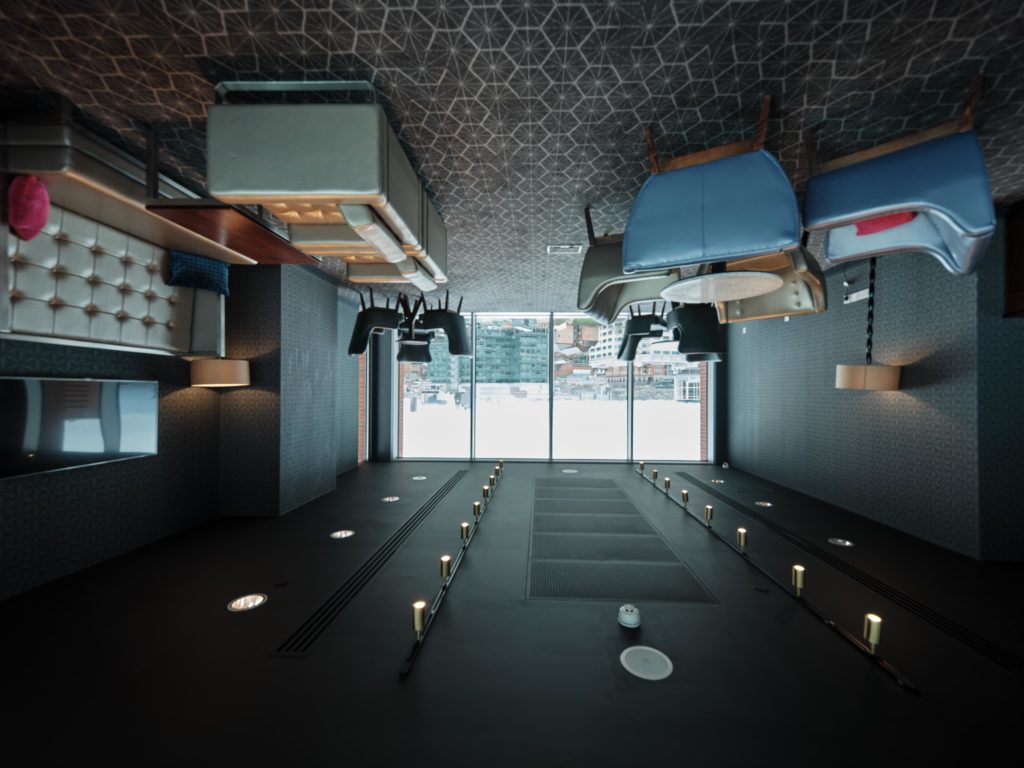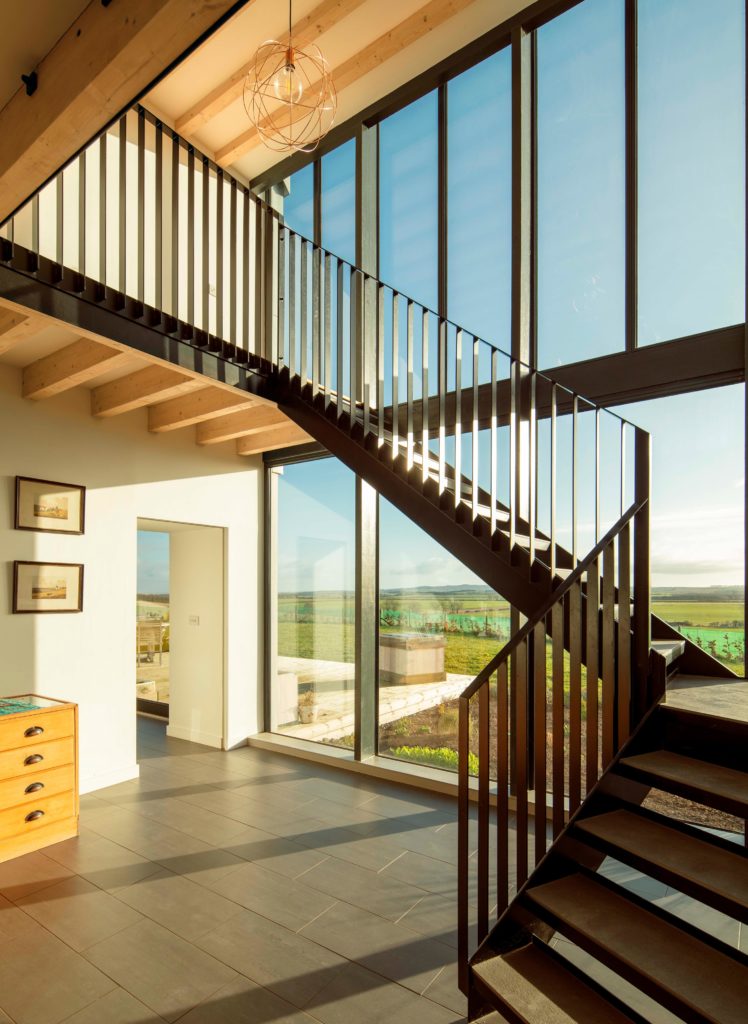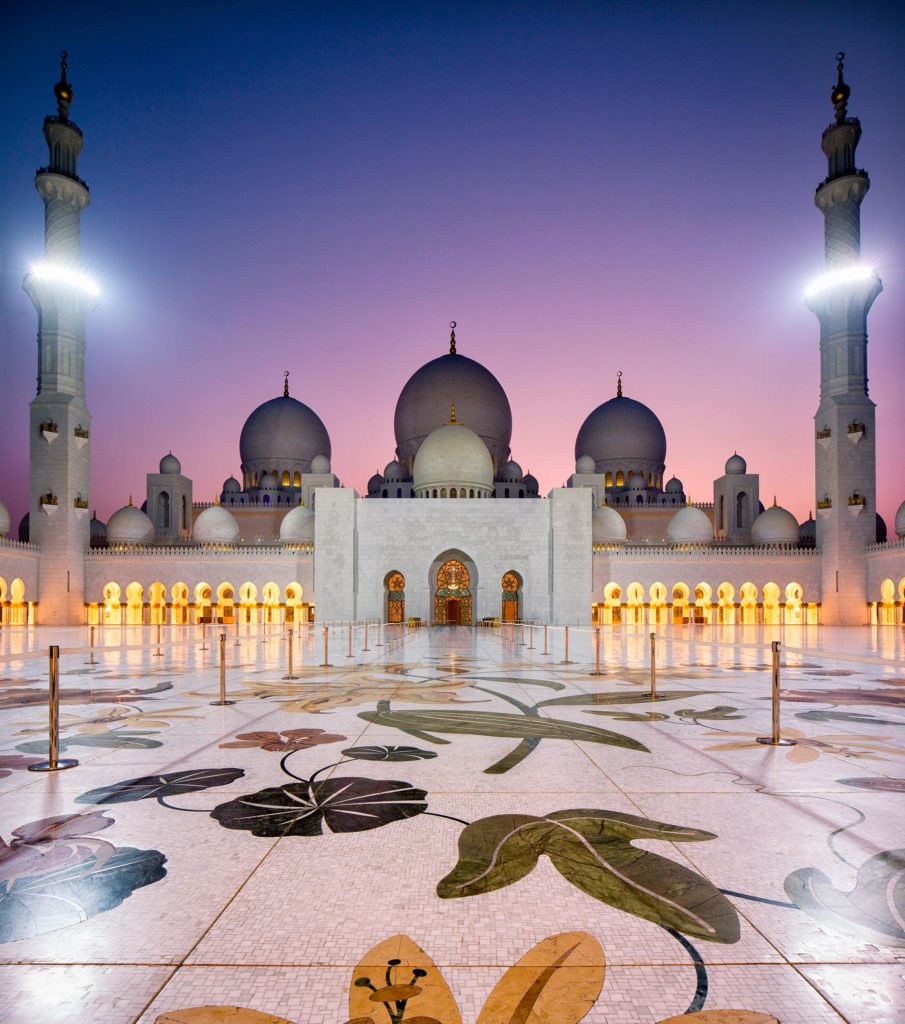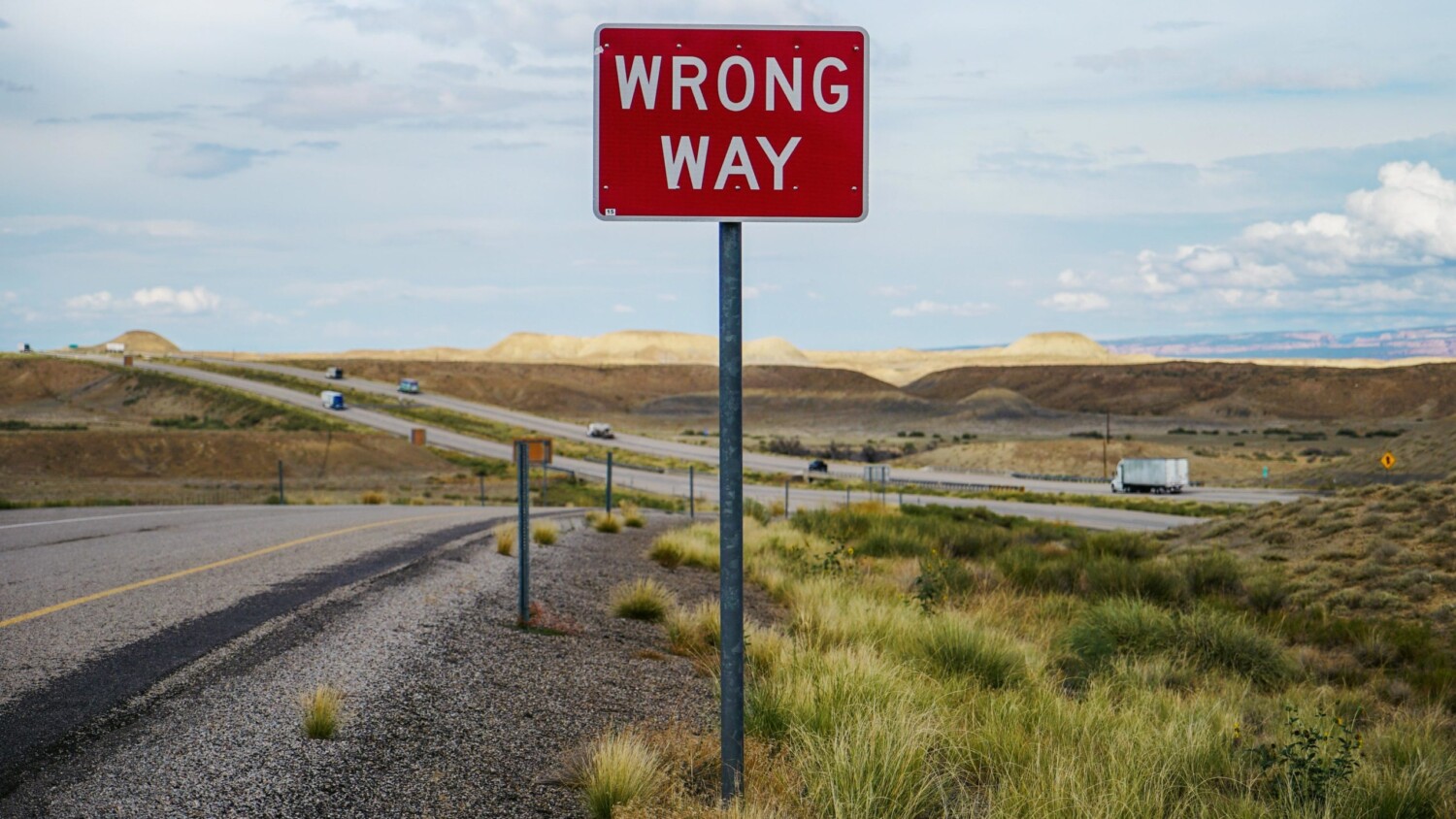Five Mistakes Beginner Architectural Photographers Should Avoid
Starting a career in photography can be very challenging. I know that when I first started as an architectural photographer, I made a fair few mistakes that could have been avoided. Fortunately, those mistakes can serve as lessons for future architectural photographers.
1. Shooting With the Widest Available Lens
If you’re a real-estate photographer then shooting with the widest lens ever made might work. The requirements for real-estate are different and for this reason, trying to shoot architecture, in the same way, doesn’t always work. This is a mistake I’ve personally made too and for the most part, it came from a lack of confidence and skill. Due to the fact that I was uncertain and I hadn’t developed the skills to compose correctly, I would shoot with the widest lens I had. If you’re just starting out in architectural photography, I highly recommend against shooting with any lens wider than 24mm on a full-frame camera or 15mm on an APS-C camera. Extreme wide angle lenses come with their own challenges and if you’re not practiced enough they’re difficult to handle.

The image above was shot with the Fujifilm GFX and the Canon 17mm TS-E lens. For interiors, this combination is just far too wide and the perspective distortion makes for a terribly composed image. Almost everything that’s relatively close to the camera is distorted and stretched. Shooting with a longer focal length would help to correct the perspective. Shooting with a longer focal length also helps you focus your composition more effectively. What I do now is I start with a lens that’s around 45mm and then work my wider if required. This has helped me compose my shots far more effectively and composition is without a doubt the most important thing in architectural photography. Looking at the image below you’ll be able to see how shooting with even just a slightly longer focal length like the Canon 24mm TS-E prevents a lot of the perspective distortion. Personally, I think an even longer focal length would have worked better for the image below.

2. Trying to Capture Everything in One Image
This point is directly linked to the one above. When I first started out the thing I struggled with the most (and still do) is composition. As discussed above this is the most important aspect in photography. If you can nail the composition you will almost always have a great image regardless of any other factor. When I first started out I would panic on shoots and try and rush through them. I didn’t have the confidence to take a moment and really look at what I was photographing. Instead, I’d shoot with my widest lens which at the time was the 17-40mm f/4.0L and try and get everything I can in every shot. Each section of the building or interior would be shot in a way that didn’t really give a flow of the place and instead I was just badly documenting the location. I can’t stress how important it is to take a moment to look at what you’re photographing properly. Really understand the location and take note of what areas need to be focused on. Chances are you’re probably going to be nervous on your first few shoots and taking those first few minutes to slow down can really help. Once again, starting with a longer focal length can be really useful to pinpoint areas of interest.
3. Overusing Flash to Light Absolutely Everything
Using flash as a way to balance ambient light can be an extremely useful way to photograph both interiors and architecture. All current cameras have limits when it comes to dynamic range and flash can really help overcome some of those issues. As far as I know, Mike Kelley was the photographer who made this technique famous, or more famous than it previously was. This is also a technique that I have and continue to use for many of my commercial shoots. It’s a brilliant way to light your interiors and give it more depth even if the ambient lighting isn’t great. The problem is that as with most things it can be overdone. I see this quite regularly with many photographers that are starting out, they tend to overdo it when it comes to how much flash they’re using in their photography. I’ve done it too and it’s with more experience that you start to understand how to use this technique properly. I believe that the main light source should almost always be the ambient light because that will present the space or building in the most natural and “accurate” manner. Flash should only be used as an additional light source if it adds to the scene. I can appreciate the fact that it may be difficult to control the ambient light in some situations, but this is why it’s important to pick and choose the times you shoot. How sunlight affects a scene is something that’s difficult or simply not possible to recreate with flash. For this reason, I highly recommend you make use of sunlight as much as you can whenever possible.

The other great benefit of not overusing flash in your photography is that you have significantly less work to do when it comes to post production. Even Mike Kelley has started to use flash sparingly in his photography. If you look at his latest work on his website you’ll notice how most, if not all of his current images have minimal amounts of flash.
4. Trying to Make a Technically Perfect Image as Opposed to a Visually Compelling Image.

The image above was shot with the Canon 5D Mark III and the 24mm TS-E lens. At the time I wasn’t happy with how many megapixels were in the 5D and due to this, I was creating panoramas using the shift feature at every opportunity. If there’s anything good about this image it was completely by accident because I wasn’t thinking about anything that had to with composition, lighting or use of color. I was only interested in how large of an image I can produce of this mosque and how amazing all the detail was going to be. Sure enough, the final image does have lots of detail but the time I spent trying to create this “technically brilliant” image meant I had very little to no time to explore the location and produce some properly meaningful images. I don’t have many images of this mosque that are emotionally compelling due to how the light was hitting the building. I also don’t have many images that are brilliantly composed. I only have this one image which is a super high-resolution file. Sure the one point perspective works for this image but that that could have been achieved in a single shot at the right time. The point is that in most cases, technically perfect images are a complete waste of time. There are only three things that truly matter in an image and they are composition, lighting, and use of color. As stated above, if you can nail the composition you will almost always have a great image. Chances are the other factors will fall into place when you can get that killer composition. No one cares about how many megapixels your (or my) images have; especially if you’re only posting them online or on social media. In the image above you can’t see the detail in the brickwork or how little noise there is in the full resolution file. Not a single person who’s ever liked this image ever talked about how many megapixels there were in the file or how much detail they could see. More than likely your clients also don’t care about how technically perfect your image is. What they care about is how compelling the image is, or how beautiful the light looks, or how they like the way the building curves through the frame. Stop wasting your time trying to make images based on the technical aspects and start producing images based on the three things that actually matter.
5. Spending Too Much on Gear
This specific point isn’t directly for beginner photographers but also for seasoned professionals. Of the five points I make in this article, this is also the most important thing to be vigilant about. When I first started out in photography I rented most of my equipment and I did this for quite some time before I bought my first tilt-shift lens. If you’re just starting out or you’re still working to build your career, I highly recommend that you don’t buy lots and lots of equipment. If you’re planning on making a living from your photography then treat this as a business. This means you need to be as lean as possible when it comes to your finances and be proud of how little you spend. The aim of the game is to make money and not spend it on fancy, depreciating photography gear. I would much rather have more money than more cameras. The thing is, it’s really easy not to spend any money when you’re starting out and broke. It’s super easy to resort to renting when that’s your only option. The mistake that I made was to spend lots of money on photography gear when I started making a bit of money. This is where you need to have some discipline and I’ve become a whole lot better in the last year or two but I do wish that I hadn’t spent as much as I did. The question that I ask myself now is “how little can I spend on this project to maximize my income”? Every purchase you make needs to be justified from a financial perspective. It’s easy to see a new camera and in your mind justify it based on how much time it will save you or how much better your images will be. The question I would ask is did you actually work out precisely how much time it will save you, and if so is it worth the cost? Are that extra two bits of color really going to impact your photography in a manner that will increase your income? If the people paying your bills are not going to notice then who is it for? Having more money allows you far more flexibility in both your business and your personal life than having more megapixels or a slightly sharper lens. Make as money as you can with the least possible amount of investment.
Featured Photo by Free To Use Sounds on Unsplash
